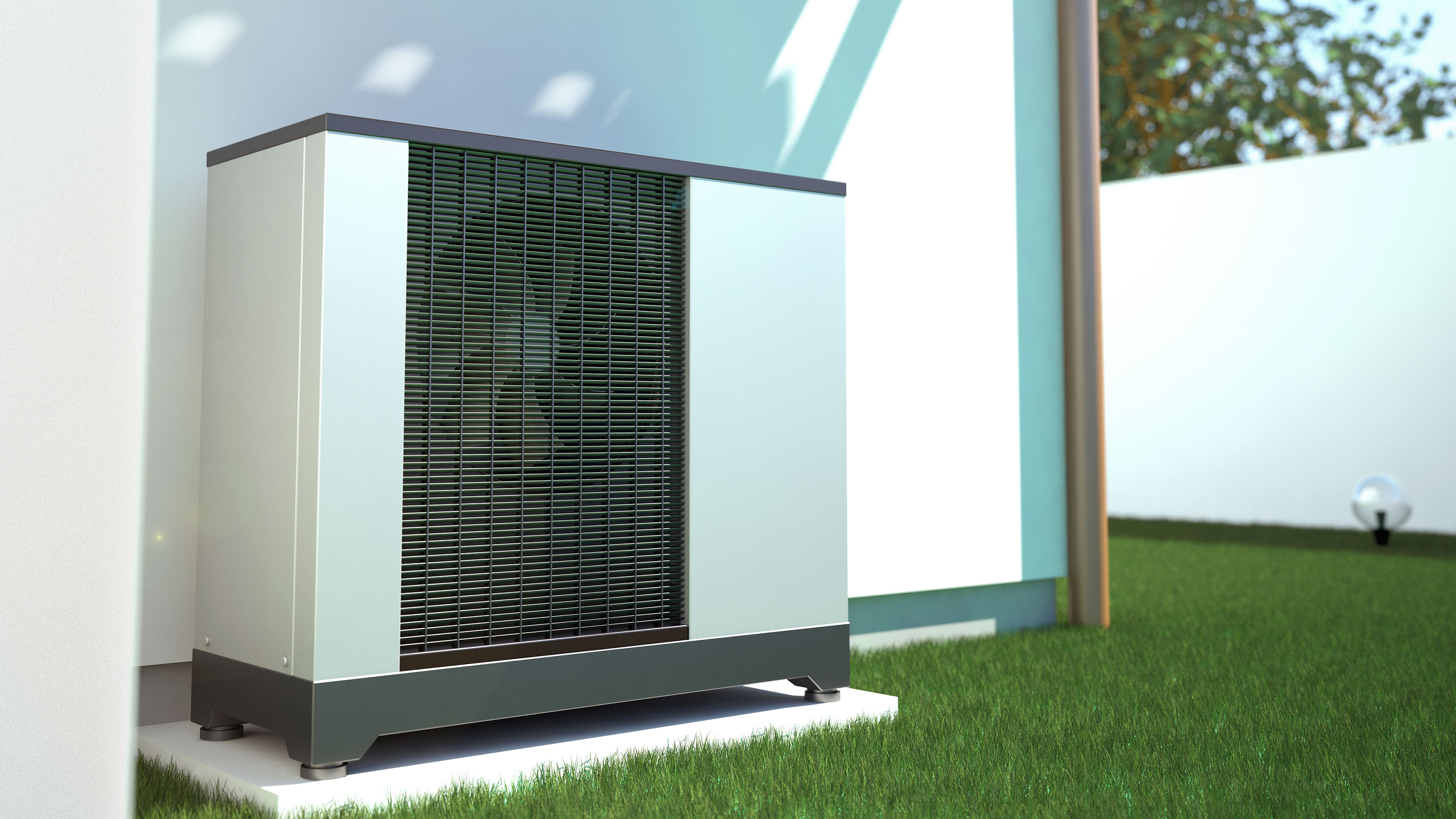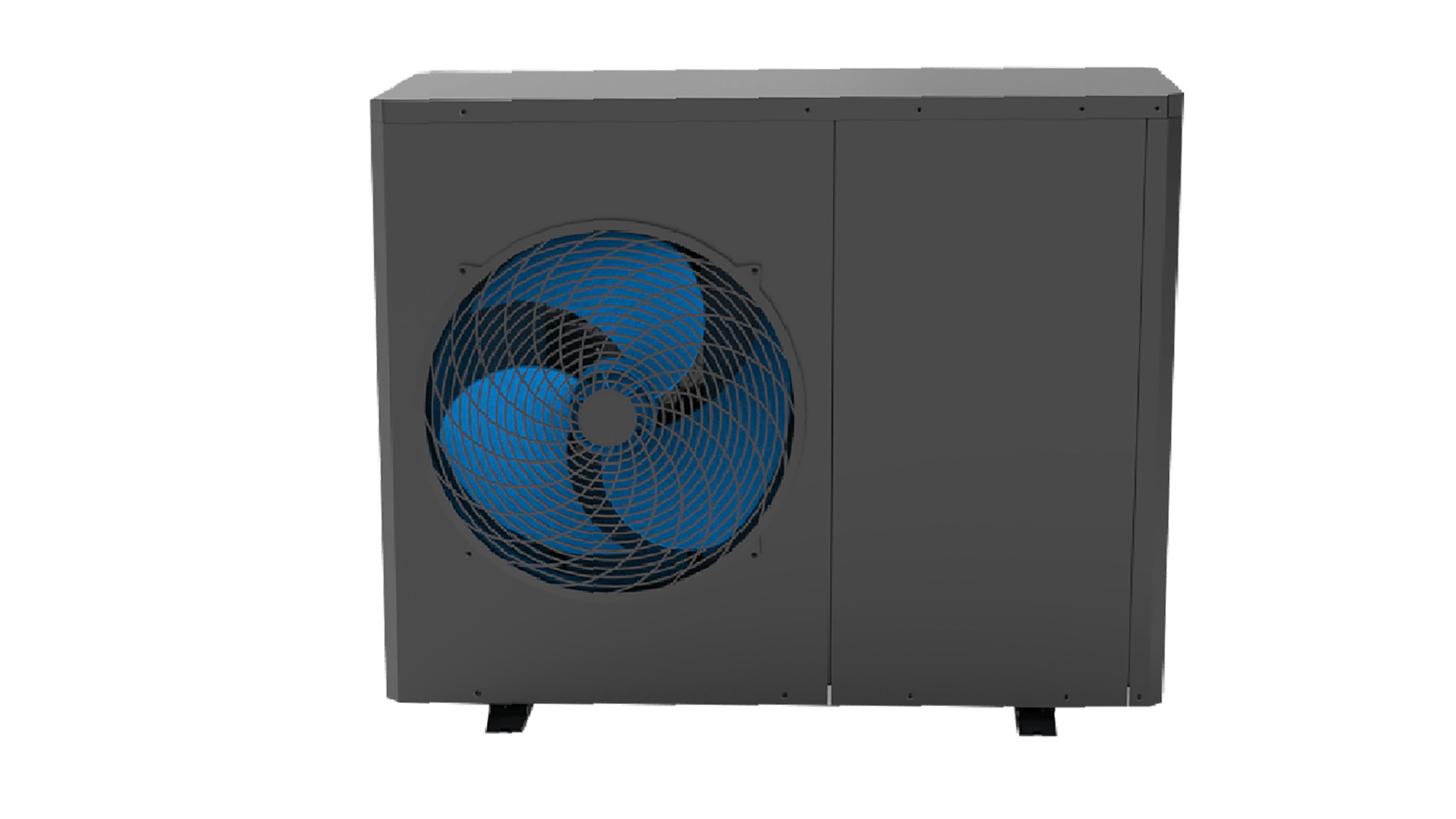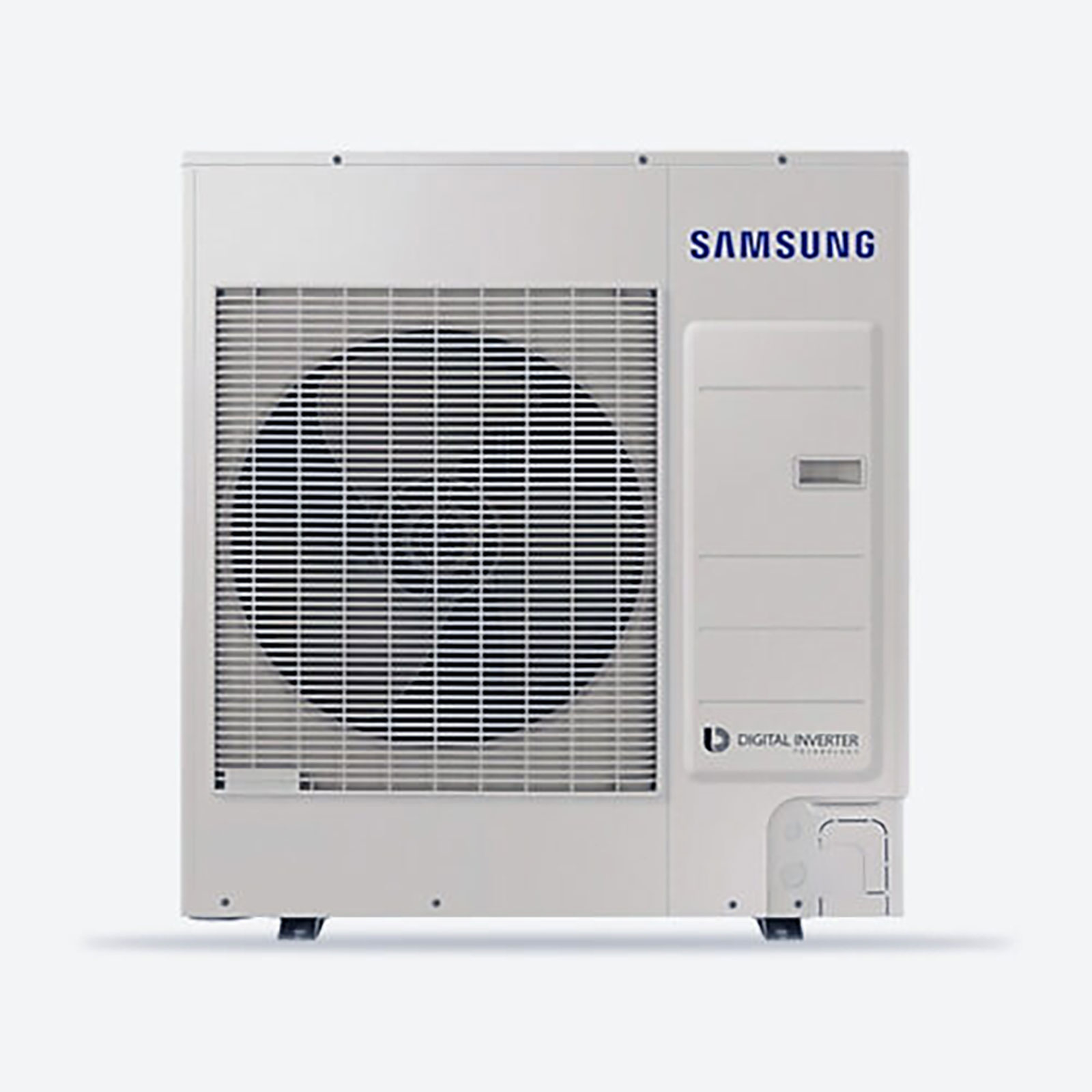What is a monobloc heat pump and what are their pros and cons?
Just what is a monobloc heat pump and why might you consider installing one in your home? Here, expert David Hilton explains what their advantages are, as well as their limitations

Exactly what is a monobloc heat pump? With so many types of heat pumps available (and more being developed all the time), it can be hard to understand which models offer what and make a decision on the products that are best suited to your project.
When you are researching heat pumps you will very quickly learn that there are a number of different types and versions. Initially you'll probably come across ground source and air source heat pumps and, as you dig deeper, you'll realise that there are different types of air source heat pumps as well.
Not only are there versions that deliver heat to air (often referred to as air conditioning) but also those that deliver heat to water, as commonly used in our homes to deliver heat to the central heating system and hot water cylinder. Then we dig deeper and find different types of air to water heat pumps.
Monobloc heat pumps are one of the air to water heat pump options to choose from. And in this handy guide, renewables and ventilation installer David Hilton explains what monobloc heat pumps are and what they can offer homeowners.
What is a monobloc heat pump?
So, how do heat pumps work? Monobloc heat pumps have all the refrigerant components housed in the outdoor case. The refrigerant pipes are all factory assembled and factory sealed. This is often referred to as 'hermitically sealed'.
There are two different types of monobloc heat pump: one with the pump, expansion and control components all built into the outside case, and the other with the pump, expansion and controls components fitted in the home.
The first type has the advantage that for a very simple installation less space is taken up inside the home, but that means that there is more wiring that needs to be installed to the outside unit and you are also limited by the pumps and sensors in that unit.
The pipework on all monobloc units is, however, outside of the heated envelope of the home so in many cases the heat pump will protect itself by ensuring there is a minimum amount of heat in the water, even if the home does not require any heat.

Are monobloc heat pumps a good option in the UK?
With monobloc heat pumps, the only connections to the outside unit are the electrical wiring and two water pipes meaning that this setup is very well suited to the UK climate, which is generally wet, rather than cold.
In colder climates, such as those experienced in mainland Europe, a split system (see explanation of what this is below) is often better due to the refrigerant not freezing up in cold weather. If a monobloc is plumbed in a cold area there is a risk that the water in the pipes could freeze and damage the system, unless the water is either treated with anti-freeze (Glycol) or antifreeze valves are fitted to protect the heat pump.
There are two main types of glycol: Ethylene Glycol (which is poisonous) and propylene glycol, which is the most commonly used of the two. Glycol protects the water from freezing and a mix of around 25% glycol in the water will offer protection against freezing down to around -10C. However, when glycol is added to water the solution is less able to hold heat and the 25% mix in the water will lower the heat carrying capacity by around 10%. It is crucial therefore to make sure that you have larger pipework plumbed in the central heating system or it may not be able to deliver enough heat. Anti-freeze valves overcome this issue but they release water when it gets really cold.
This is not really an issue as most heat pumps maintain a minimum of around 20C in the water at all times. It is in times of a power failure and ambient temperatures outside of around 3C, or less, that the valves would release water. The installer should be able to show you how to top up the water if this does happen.
How are monobloc heat pumps different to split heat pumps?
Split systems are made up of two parts. Half the heat pump is outside the building and half is inside, with refrigerant pipes connecting them together. These can be more useful in colder climates or where the outside fan unit needs to be further away from the building. A monobloc heat pump does not need a refrigeration engineer to install it so the whole installation can be done by a plumber and electrician. This makes the installation simpler and therefore a bit less expensive than split heat pumps.
Monobloc heat pumps can also be less expensive than split heat pumps. Due to all the heat pump components being in the heat pump housing outside of the home there is less space required inside the home too.

What are the disadvantages of monobloc heat pumps?
While there are many advantages to monobloc heat pumps, it is important to understand their limitations and downsides in order to be able to make an informed decision. Read my Mitsubishi Ecodan 11.2kW heat pump review, the model I have in my home, to find out more.
The main disadvantage to be aware of is the way in which they can, in certain cases, use energy unnecessarily.
In a highly efficient home, such as those built to Passive House standards, it may be the case that the heat pump uses additional energy to keep itself warm when the home does not need it. In these cases special design considerations, such as glycol or split systems, need to be adopted to optimise the efficiency.
Get the Homebuilding & Renovating Newsletter
Bring your dream home to life with expert advice, how to guides and design inspiration. Sign up for our newsletter and get two free tickets to a Homebuilding & Renovating Show near you.
David is a renewables and ventilation installer, with over 35 years experience, and is a long-standing contributor to Homebuilding and Renovating magazine. He is a member of the Gas Safe Register, has a Masters degree in Sustainable Architecture, and is an authority in sustainable building and energy efficiency, with extensive knowledge in building fabrics, heat recovery ventilation, renewables, and also conventional heating systems. He is also a speaker at the Homebuilding & Renovating Show.
Passionate about healthy, efficient homes, he is director of Heat and Energy Ltd. He works with architects, builders, self builders and renovators, and designs and project manages the installation of ventilation and heating systems to achieve the most energy efficient and cost effective outcome for every home.

